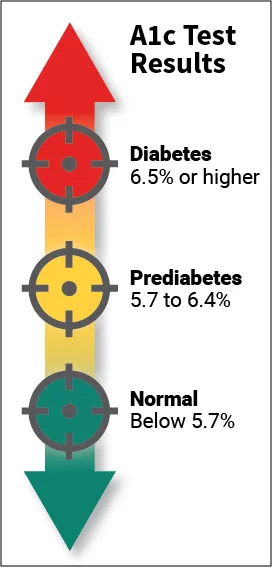Over the past several weeks I have been feeling like a ping-pong ball, bouncing back and forth between opposing viewpoints.
No, this is not a post about politics, although the same case for the same could be made: Two diametrically opposed points of view; each professing to be “right” and the “only way.”
When I was first diagnosed with Type 2 Diabetes (T2D), I knew precious little about the disease. Oh, I knew it had deadly consequences, and that it had to do with excessive sugar in one’s blood, but that’s about all I knew.
Life isn’t as simple as that, and neither is the human body. I found Understanding Type 2 Diabetes, a fact-filled web site written in a quirky manner by a man who, like me, had found himself diagnosed with no understanding of the meaning of that diagnosis. I have been reading it (and other sites) copiously, and my understanding of diabetes has grown enormously. Ken Stephens (the author of Understanding…) got me to thinking, and I had previously been drawn to the work of Joel Fuhrman, MD., so I began to explore. I joined a private Facebook group based on the writings of Dr. Jason Fung, and hints from Stephens.
So, I started following the diet regimen there, which consisted of eating a low carbohydrate, high-fat diet, excluding processed foods, added sugars, and “white food” (pastas, rices, breads, etc.). I thoroughly enjoyed having bacon and eggs for breakfast, although it saddened me a little to think I couldn’t eat fruits and some of the more “comfortable” foods. This is, essentially, a keto (short for “ketogenic”) diet.
Then came a webinar I joined, from a Fuhrman reference, I think. Here were two actual diabetics talking about reversing insulin resistance through eating whole, plant-based foods. They offered a year-long program and guaranteed that it would work. Well, I wasn’t born yesterday, so my belief in Internet guarantees is that they’re worth the paper they’re written on, but I made a decision: Here was a structured program, guaranteed to improve my diabetes condition. This was no time to play cheap with my health, so I took the plunge.
The program is called Mastering Diabetes (MD), and its co-hosts are Cyrus Khambatta, Ph.D. and Robby Barbaro. Theirs is an online course, Internet webinars, a private Facebook group, and lots of helpful printouts and tips.
But Mastering Diabetes is all about high carbohydrates and low fats. The similarities are the expulsion of “processed” foods, sugars, and “empty” white foods. Another similarity is that both Fung’s philosophy and this is the concept of intermittent fasting.
I’m on my second week of MD. I haven’t fasted on this plan yet, but I did several times on the “keto” diet. Water and green tea were all I needed to get me 18-20 hours of fasting.
What I’ve discovered in this short amount of time is that both programs have worked to lower my blood sugar. All of my readings for the past four days have been in the “green” zone (80-140 mg/dL (4.5-7.8 mmoL). This pleases me to no end, but I want to improve to the lower end still.
Mastering Diabetes gets my nod because their focus is less on the level of glucose in the blood, than on insulin resistance, and the causes behind it. High blood sugar is like the fever exhibited when one has an infection. You can either treat the fever or treat the infection. I choose to treat the infection!
Now, I may be a bit premature and/or presumptuous, but here’s my initial take on both programs: They both work. Maybe it isn’t so much in the details, but their similarities strike the right chord: Get rid of junk food, processed food, and sugars (hidden and otherwise), and things tend to straighten out. The epidemic of diabetes is such because too many people have taken the “easy” way, and eat junk food, fast food, and boxed food. I’ve gotten back to using my kitchen (which I actually enjoy) and I’m already healthier as a result!









